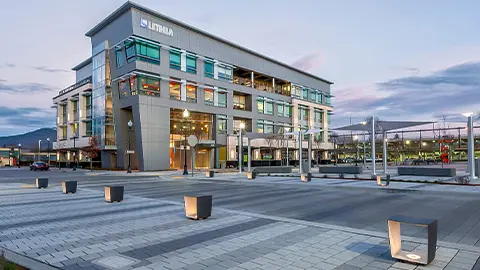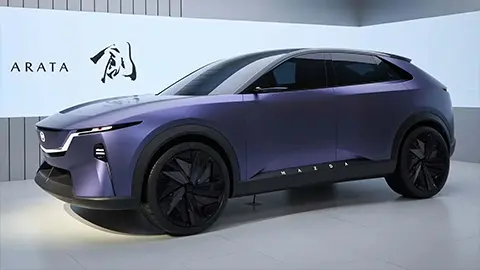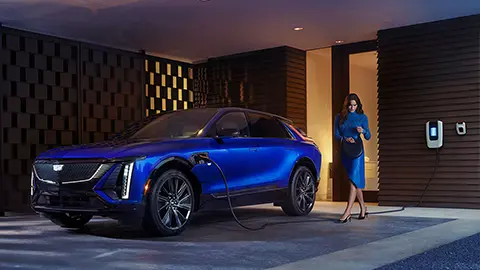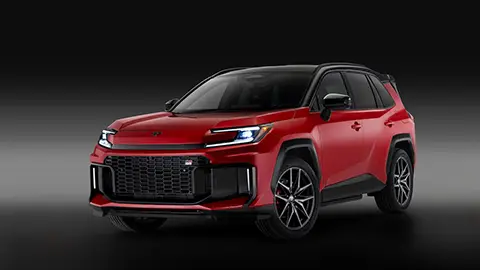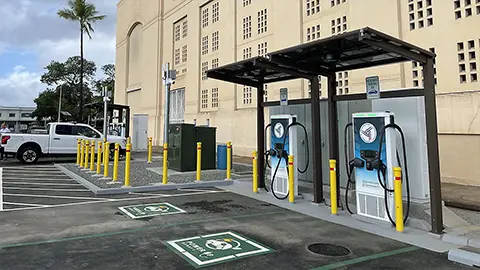While some automakers are changing up their production mix to limit all-electric vehicles, BMW is adding more EVs. Case in point, all-electric X5 and X7 models will be built in BMW’s Spartanburg, South Carolina plant and six different EVs are on the drawing board to be built by 2030.
Recently, Plant Spartanburg celebrated having its seven millionth car produced. Over 11,000 employees and associates enjoyed the celebration while commemorating the Plant’s 30th year of production. A recent $1 billion investment brings the total since 1992 to over $14.8 billion and makes BMW Manufacturing in the U.S. the largest BMW plant in the world.
More than 1,500 vehicles leave the plant each day with 57 percent shipping to 120 global markets. In fact, 50 percent of BMW’s delivered in the U.S. were built in South Carolina.

Electrified X5 and X7
BMW Group has announced that its new X5 and X7 SUVs will be produced in Spartanburg. The first X5 EV will roll off the line this August. The fifth generation X5 is still based on the company’s CLAR or cluster architecture. However, it will be pre-adopting a few key technologies from the highly anticipated Neue Klasse models. Continuing their multi-powertrain availability the iX5 all-electric variation of the X5 will launch alongside gasoline, PHEV, and diesel versions.
All iX5s are expected to be configured as xDrive, dual-motor, all-wheel-drive models regardless of drive variant. This means there will be a high-performance iX5 M70 soon to follow the tamer version. Also on the calendar for 2028 is a new X5 hydrogen fuel cell powered version.
Following the iX5 lead, the second-generation BMW X7 is on the calendar for 2027. As BMW’s first full size zero-emissions SUV, the iX7 will feature Neue Klasse technologies and an iX7 M70 version is also in the pipeline. BMW tells us to expect 800 all-electric horsepower and hints at an Alpina version with an astounding 900 horses on tap.
Like the X5, the new X7 will be available as both an ICE car and an EV. The gasoline powered version will include an inline 6-cylinder or a 4.4-liter turbo V8. The X6 is also built in Spartanburg, and an EV version will be in production for 2028. All of BMW’s new EVs will include cylindrical sixth generation batteries.
New Battery Plant
Speaking of batteries, last October, Oliver Zipse, BMW Group Chairman revealed the German automakers’ plan to invest $1.7 billion in overall North American vehicle operations. Beginning with an outlay of $700 million, construction of the company’s new battery assembly facility – 15 minutes away from the Spartanburg plant – in nearby Woodruff, South Carolina, was completed in March of this year.
Developed in a multi-year partnership with Envision AESC, the one million square foot plant is nearly ready to supply sixth-generation battery packs. From the design phase, BMW stringent production, performance, and sustainability targets will be met since wherever possible they will use locally sourced materials.
Battery cells for new BMW Battery Electrified Vehicles, known as BMW eDrive will be purchased from AESC‘s new 30 GWh battery cell factory in Florence, South Carolina. The new higher density lithium-ion battery format improves charging speed and range by up to 30 percent.
BMW innovations in manufacturing are facilitated by using renewable energy at the assembly facility wherever possible and reusing cobalt, nickel, and lithium combine to further reduce C02 emissions by up to 60 percent.
Dr. Robert Englehorn, president and CEO of BMW Manufacturing said, “The road to the future begins here in Woodruff as we build on our legacy of producing high-quality vehicles right here in the U.S. Plant Woodruff will be state of the art in terms of sustainability, flexibility, and digitalization.”






